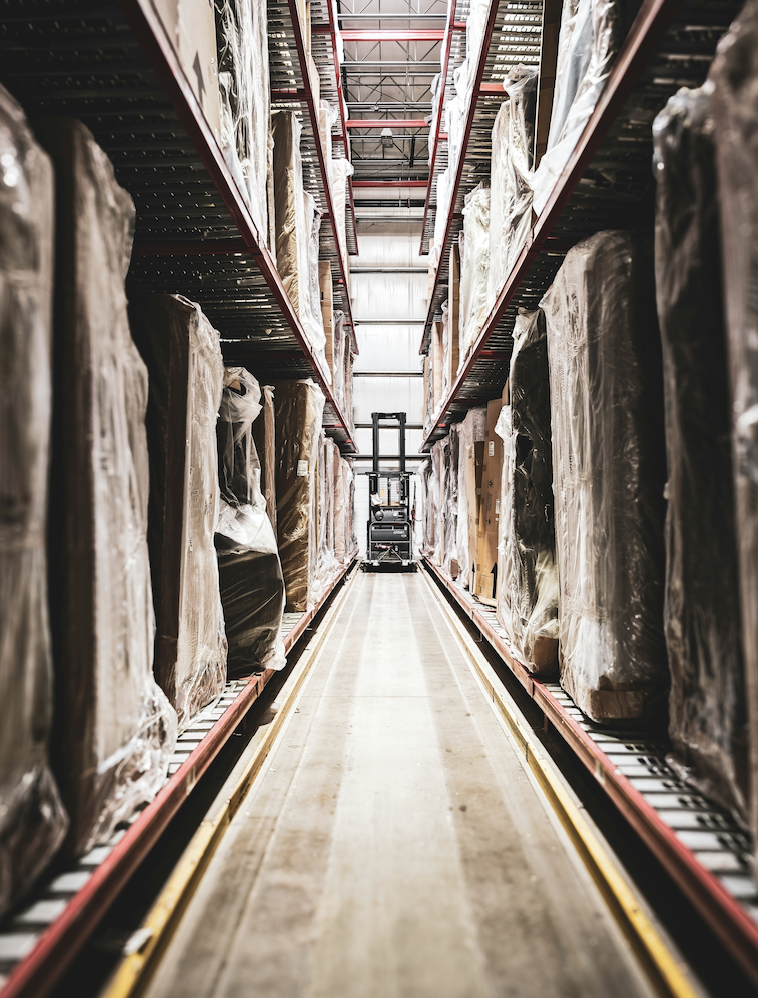Between stockouts and overstocks, supply management still often swings between extremes. When forecasts are rough or rigid, the entire supply chain feels the impact. In this context, artificial intelligence emerges as a rebalancing tool.
The Instability of Poorly Anticipated Stock
Insufficient stock leads to product unavailability, lost revenue, and a drop in availability rates. On the other hand, dormant stock clutters warehouses, ties up cash flow, and increases logistics costs.
The consequences affect the entire organization, from emergency restocking and delayed deliveries to disorganized field teams.
AI to Stabilize the Balance
AI-driven logistics optimization enables real-time stock adjustment by integrating a multitude of data points. Each point of sale or warehouse can benefit from ultra-contextualized forecasting.
Companies deploying these solutions report up to +30% improvement in forecast accuracy and -80% fewer stockouts. Thanks to predictive algorithms, AI reduces forecasting errors, enhances inventory tracking, and improves the reliability of business dashboards. Decisions are no longer based on historical averages, but on continuous analysis.
A Lever for Overall Performance
By automating stock optimization, AI frees up operational teams and improves coordination across purchasing, logistics, and sales. A well-implemented AI strategy can reduce overall stock levels without compromising product availability.
Logistical flows are better managed, cost reductions become structural, and product availability aligns more closely with actual demand.
Balance relies on accurate data and constant responsiveness. AI doesn't replace strategy—it strengthens its execution. By leveraging augmented forecasting and intelligent replenishment, companies gain both agility and profitability.
Our articles
Own your operations with AI Intelligence























